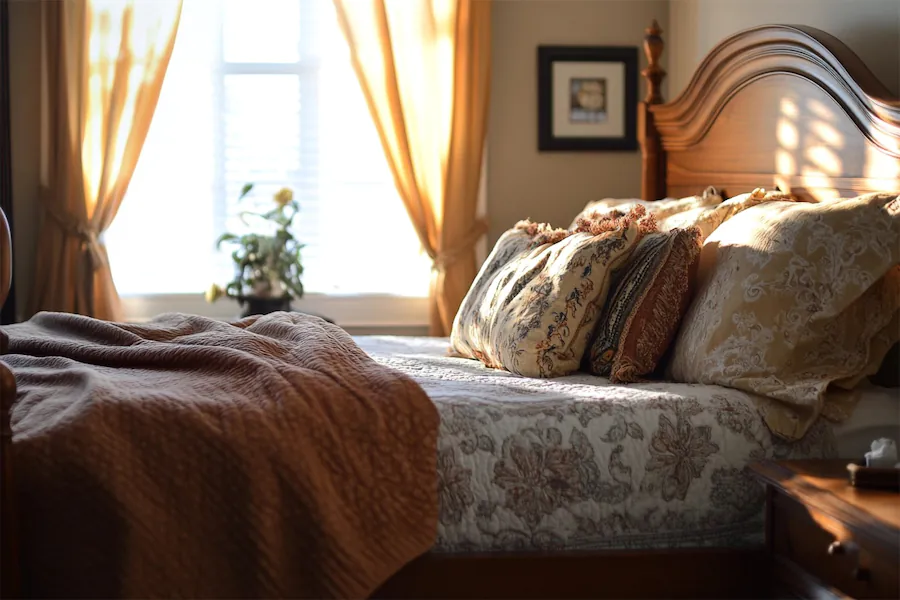A transitional bedroom design harmoniously blends traditional elegance with contemporary simplicity, creating a timeless and inviting space.
Introduction to Transitional Bedrooms
Transitional style combines the best of both traditional and modern design elements, resulting in a balanced and cohesive aesthetic. This approach allows for flexibility and personalization, making it a popular choice for those seeking a versatile and enduring bedroom design.
History and Origins of Transitional Bedrooms
Emerging in the mid-20th century, transitional design arose as a response to the stark minimalism of modernism, aiming to create spaces that are both functional and comfortable. By integrating classic and contemporary elements, this style offers a harmonious blend that appeals to a wide range of tastes.
Key Features of Transitional Bedrooms
- Neutral Color Palettes: Utilize soft, neutral tones such as whites, creams, and grays to establish a serene and adaptable backdrop.
- Mix of Textures: Incorporate a variety of textures—like upholstered headboards, plush bedding, and wooden furniture—to add depth and interest without relying on bold patterns.
- Balanced Furniture: Combine traditional furniture pieces with modern accents, ensuring clean lines and comfortable forms that bridge both styles seamlessly.
- Minimal Ornamentation: Keep decorative elements understated, focusing on simplicity and sophistication rather than elaborate details.
- Statement Lighting: Incorporate elegant lighting fixtures that serve as focal points, enhancing the room’s ambiance and style.
Applications of Transitional Bedroom Design
- Master Bedrooms: Create a luxurious yet comfortable retreat by blending classic and contemporary furnishings, suitable for a restful environment.
- Guest Rooms: Offer visitors a welcoming and versatile space that appeals to diverse tastes by employing transitional design principles.
- Small Spaces: Utilize the neutral palettes and minimal ornamentation of transitional design to make smaller bedrooms appear more spacious and uncluttered.
Considerations When Designing a Transitional Bedroom
- Cohesion: Ensure that the mix of traditional and modern elements feels intentional and harmonious, avoiding a disjointed appearance.
- Quality Materials: Invest in high-quality materials and furnishings to enhance the timeless appeal and durability of the design.
- Personal Touches: Incorporate personal items or artwork to infuse character and make the space uniquely yours.
Conclusion
A transitional bedroom design offers a perfect blend of traditional charm and modern simplicity, resulting in a timeless and adaptable space. By thoughtfully combining elements from both styles, you can create a bedroom that is both elegant and comfortable, reflecting your personal taste and providing a serene retreat.
